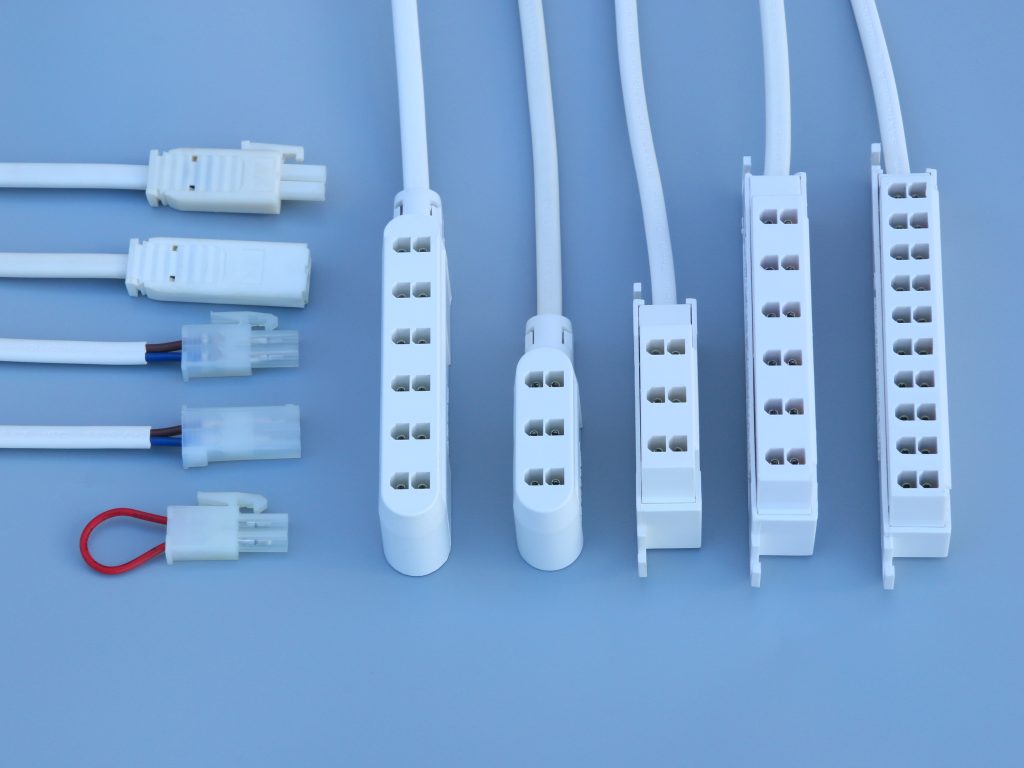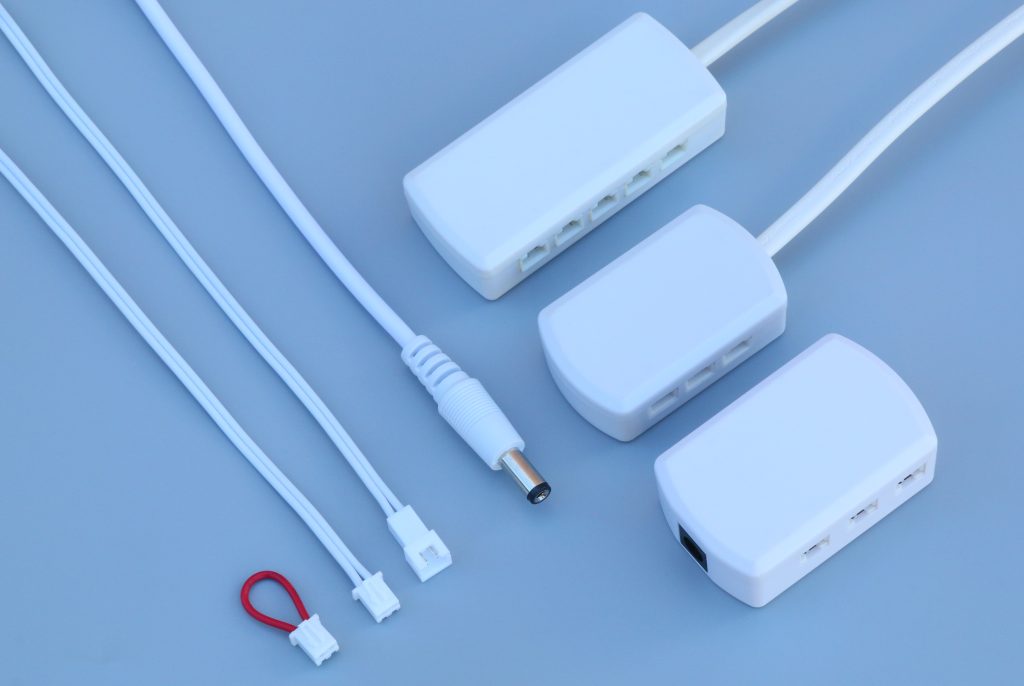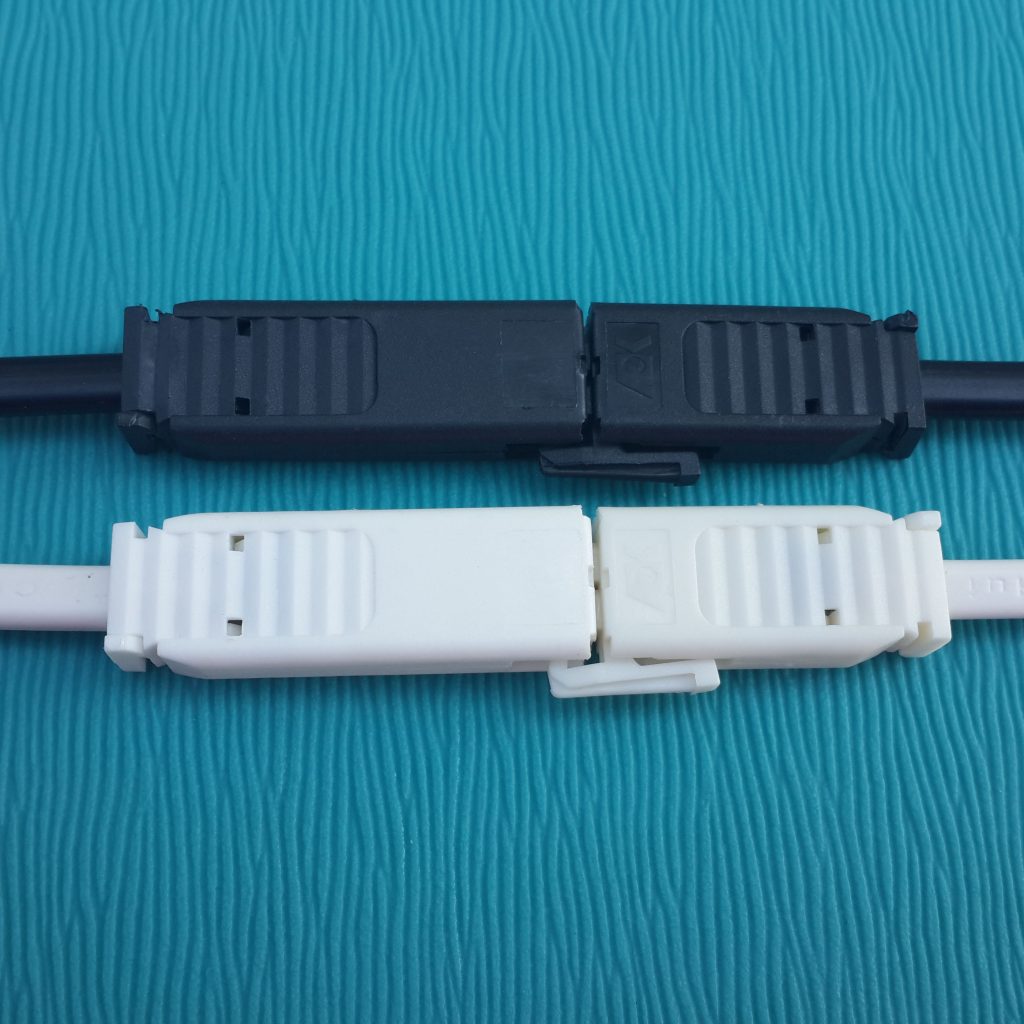When it comes to reliable system operation, choosing the right connector is key. The right connector can make your system smaller, lighter and easier for the user to handle. It isn’t a place to take shortcuts, as the right connector system can help avoid the high price of recalls, repairs and lost customers.
Conducting adequate research on the connectors and cable must be done at the beginning of a systems design process to produce the optimal design. Follow these 10 steps to research the ideal connector early in the design phase and you can positively impact the design, usabilit and cost structure of your entire device.
Electrical needs
Defining the electrical voltage and current requirements each contact will carry is the first step to selecting the ideal connectors for your device. You have to ensure that you not only have the right number of contacts, but that the contacts can carry the power demands of your application. The size of the contact and the size of the wire dictate the current-carrying capability of a contact. Contact spacing, insulation materials, and the geometry of the insulator used to isolate the contacts dictates the voltage rating.
To ensure you design in the proper connector, it is your job to dig deep and understand how a manufacturer specifies their connectors’ current ratings and operating voltages. Their test data should reference a test standard, informing you exactly how their testing was conducted.
Not everyone uses the same testing criteria, so ensure you understand how these specifications were derived. When you are reviewing current ratings, take note of the temperature rise specification. This specification indicates how much heat will be dissipated at a specific current value. You also want to confirm that the contact will support the conductor size you have selected. A non-compatible conductor could cause overheating issues, leading to premature connector failure.
Adding functions
After you identify electrical requirements, determine whether other functions can or should be added to your connector. Hybrid connectors are usually custom designed, but if you have the time to work with a manufacturer to develop a specific hybrid connector to exactly meet your needs, it can be worth the effort. The results will provide the end user with fewer connections and cables to manage. See if you can source a single connector that can carry more than one of the following: power, signal, coax, fiber, liquid and/or gas.
Termination types
Termination types have a direct effect on the assembly process and the ability to seal a connector. Connectors with solder contacts are typically easier to seal against moisture ingress, while crimp contacts may offer better field reparability. There is a trade-off between the two, so the final decision on which termination type to use is often made after discussions with your manufacturing and design groups. It’s important to know exactly how and where the connector will be used, and whether field reparability is a requirement, as this decision has a significant impact on the assembly equipment and processes used in manufacturing.
Environmental sealing
If the connectors will be used in harsh operating environments, check the manufacturer’s IP (Ingres Protection) rating for sealing to dust and water at various depths and operating time frames. Make sure you understand the end use environment for your connectors, and then compare that scenario with the details behind the manufacturer’s IP rating. Most of the IP designations have specific conditions, but the IP68 rating may be defined by each manufacturer differently. When looking for a connector with an IP68 sealing rating, inquire exactly how the manufacturer’s IP68 rating is measured. A system being submerged at two meters for 24 hours has a different impact on the connector than at 120 meters for 24 hours, but both situations can be defined as an IP68 rating.

Materials
What does the connector housing material need to be? Can it be plastic? Can it be metal? Select the material wisely, as this may impact reliability, weight, and cost. Brass connectors with nickel/chrome plating are traditionally more wear resistant and have longer lifecycles than many other materials. If weight is an issue, aluminum connectors may be an option. Consider plastics for limited reuse and disposable applications. If you are considering plastic, ensure you conduct adequate testing to confirm it will withstand the end use application. If used in medical applications, make sure your connector will withstand the sterilization processes used by the end customer. For aggressively corrosive environments or some food industry applications, stainless steel may be required. Don’t sacrifice reliability for cost when deciding what material you select.
At this point, you should also review the operating temperature of the insulating materials used in the connectors you are evaluating. This includes contact insulators, potting materials and o-rings.
Tables A and B can guide you in your selection process.
Reliability Needs
Now that you’ve investigated the electrical, termination, sealing, and material requirements, it’s time to take a look at the frequency your user will connect and disconnect the device over its lifetime. If you require a very high number of mating cycles, consider a connector with 5,000 to 10,000+ mating cycles. This is especially important if a failed electrical connection can put lives at risk, such as in the medical or military environments. Another requirement to have a look at is whether your connector will be able to stay stable in harsh and extreme environments. Many connectors work for example well indoors, but they will lose their performance when they are used under extreme outdoor conditions.
Miniaturization
There are some great things going on with miniaturization today, and you should take advantage of it where you can. It is possible to design in one connector today for an application that would have needed two or three connectors only a year ago, but you have to be careful. Look closely at the details in each connector, since those details become more important as the voltage and current increases. Compare models for pin size, number of pins, and functionality. Miniature connectors are nice packages that fit in small places, but only a few can carry power and signal. These small connectors are extremely difficult to terminate, so often the miniature plugs and receptacles are sold pre-wired to maintain reliability.

Raw cable & assemblies
Once you have identified your connector, it’s time to define the raw cable and the cable assembly. Connectors are getting smaller all the time, so it’s becoming easier to inadvertently spec a small connector that won’t work with the larger cable you would like to use. You’ll have to look at both the cable and the connector together to make sure that they compatible. Some companies may have custom raw cable in stock that may meet your requirements, eliminating the normal 4-6 weeks of custom raw cable fabrication time. If time is tight, check with your supplier to see if you can take advantage of stocked material.
Most connector manufacturers will provide assembly services to reduce the number of vendors you have to work with. Check out the facility to see whether the company can provide you with termination only capabilities or complete over molding, sealing, and testing capabilities.
Ask about service and delivery
Check for realistic delivery dates; delivery on custom connectors from any supplier will always be longer than selecting an off the shelf product. If you can use something that’s already designed, you will find it has shorter delivery. Reduced lead times may be available by modifying an existing design. If you decide that a custom connector is the solution you require, make sure that your supplier is committed to the
project over the life of your device. Yes, it is possible to get commercial-grade connectors off the shelf, but a 12-week lead time is not unusual to design and build a custom connector.
Engineering support can save time
Ask suppliers about the kind of support you can expect from their engineering and product development teams. Check out details about design and prototyping services available. Letting someone else look at your device early in the design process often opens up options for cost-saving or time-saving ideas.

